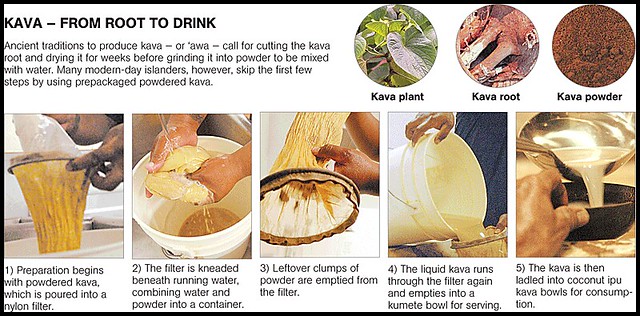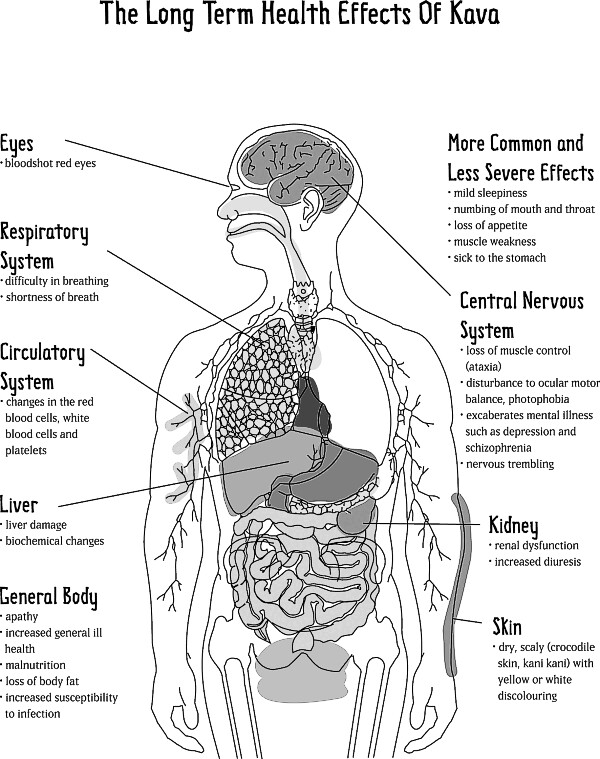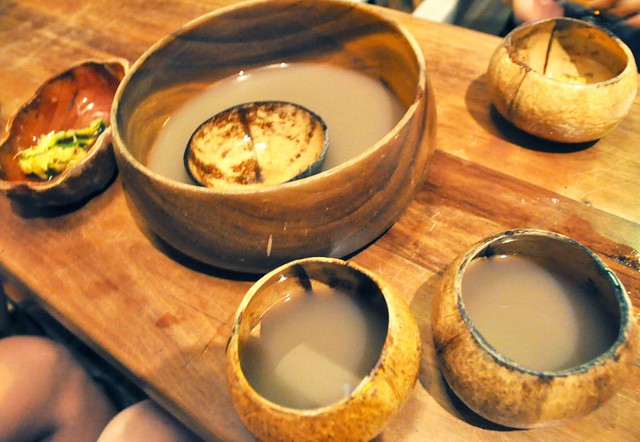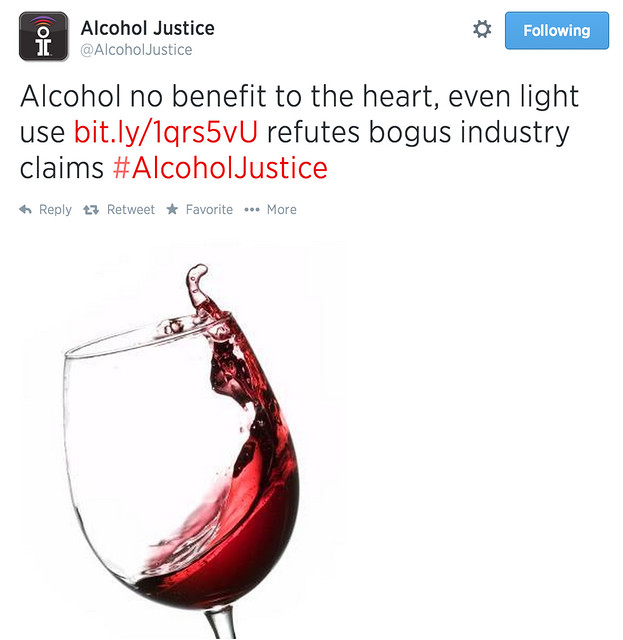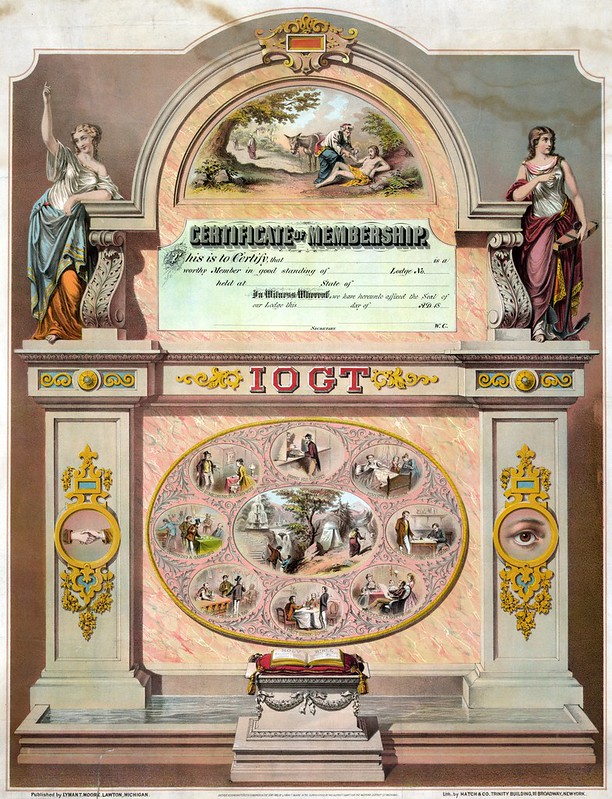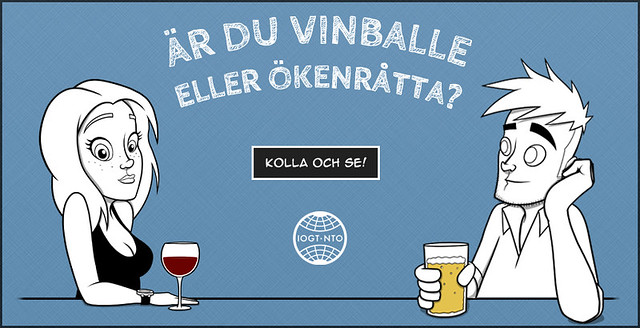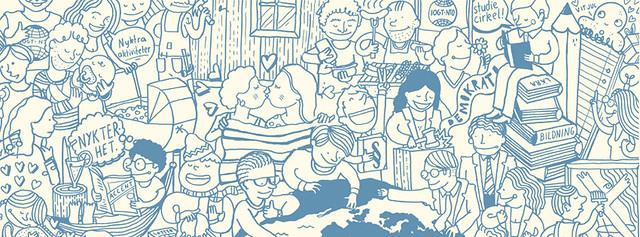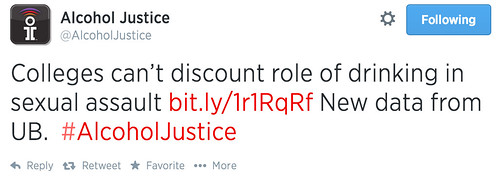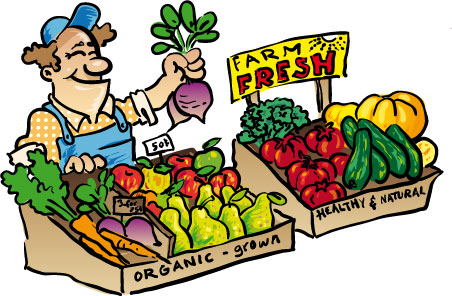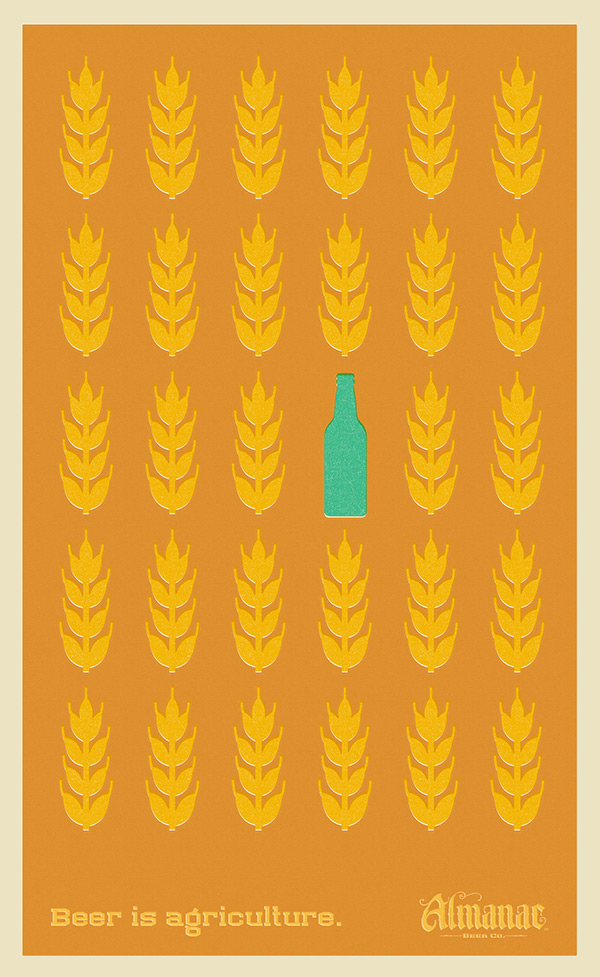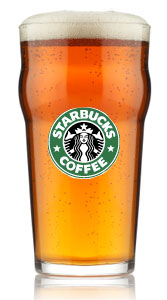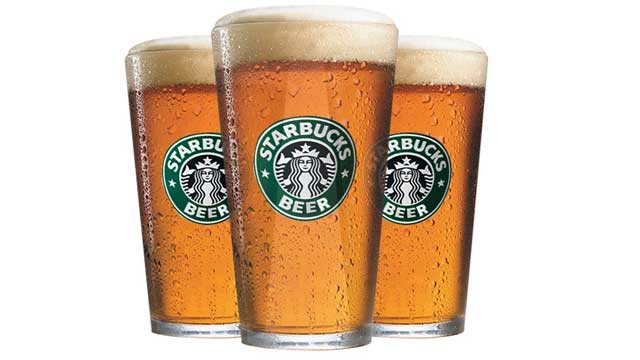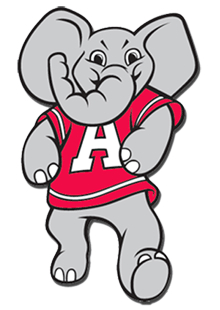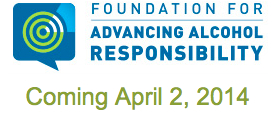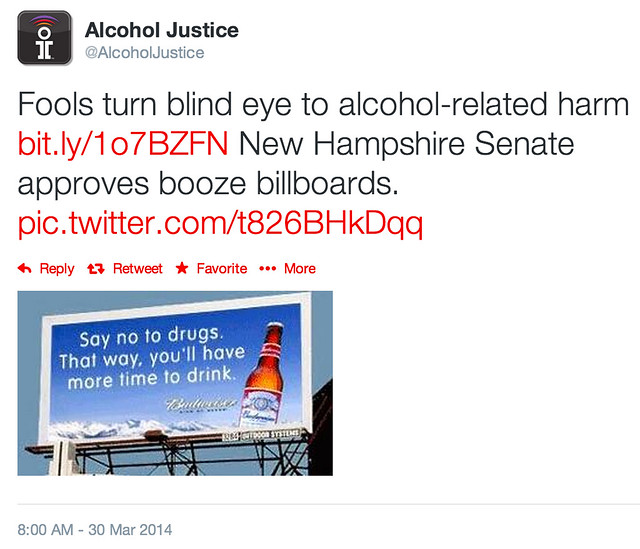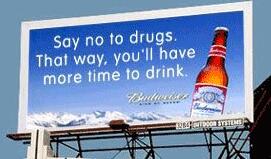![]()
This one is sticking in my craw, and would be turning me to violence except for the fact that I’m not a terribly violent person, even when I drink. But to hear Alcohol Justice, and many others recently, you’d think that one sip of beer turns every person into a homicidal maniac. I don’t know how much more obvious this could be, but alcohol doesn’t cause violence. It’s not the primary catalyst of domestic violence. It may exacerbate it, it may intensify it, it may even be used as an excuse for it, but if you remove alcohol from a dysfunctional relationship, the violence doesn’t magically disappear. The underlying causes of domestic violence, and all violent behavior, is more complicated. I grew up with an alcoholic, psychotic, and frequently violent stepfather, but the issues that led to his outbursts were not caused by the alcohol he consumed. He often used that as his excuse, and as a way for society to overlook the root causes, because during periods of time when he wasn’t drinking, his violent tendencies were undiminished.
So watching the news regarding the NFL recently, I’m amazed that people are trying to blame alcohol. Not surprisingly, the prohibitionists at Alcohol Justice are leading the charge, since they’ll use any excuse to promote their agenda. You just have to see their recent and frequent use of Robin Williams’ image in numerous tweets, as if he was tacitly endorsing them or prohibition, to know how far they’ll go. Tellingly, this began shortly after his death, when he no longer could agree to be their spokesperson or have a say in how his image or story was used. So naturally if the NFL is having problems, it must be the fault of alcohol.
In their latest press release, Alcohol Justice Says Roger Goodell and Anheuser-Busch InBev Blame Personal Conduct, Ignore Alcohol Policies and Sponsorship, they’re at it again.
The latest brouhaha with the NFL has left me with mixed feelings. I think John Oliver hit the nail on the head when he recently said that the NFL was America’s FIFA, in terms of corruption and dysfunction. In a lengthy segment during the World Cup earlier this year, he detailed all that is wrong with FIFA, but ended with the admission that he was still really excited to watch the soccer during the tournament.
And that’s how I feel about the NFL. There’s so much I hate about them — from their non-profit status, the denial of the long term effects of concussions, the way they treat the referees and cheerleaders, how the wealthy owners manipulate communities to get new stadiums and economic concessions, thumbing their nose at those same communities when they don’t get what they want, like petulant children, even as they get tax breaks while the cities crumble into economic ruin. And yet…. And yet I still look forward to football season, watching the games on Sunday with my son and cheering on my favorite team (the Green Bay Packers, who, I like to point out, is the only major sports team owned by the community, a loophole the NFL closed the moment after the Packers incorporated in 1950).
But now there’s this latest spate of incidents of violent behavior off the field giving the league a black eye and tarnishing their image. This is both for the behavior of the players and for the way the league is, or more correctly isn’t, dealing with these issues. Most commenters and pundits and people paying attention believe during his tenure beginning in 2006, commissioner Roger Goddell is at least partially, if not mostly, responsible. And yet he apparently continues to have the support of all the team owners, as he said during the travesty of a press conference he held recently, during which by all accounts he did more harm than good. That alone, tells us quite a bit about how out-of-touch with their fans the league really is, but then we’ve seen that over and over again during the many scandals in recent years.
What I’m truly amazed at, is how many people seem surprised that professional football players are having trouble controlling their anger and violence. They’re trained to be violent as one of the main requirements of their job. They’re no different than professional fighters, who are taught to be aggressive from Pop Warner football, high school and college football programs, so that by the time a player reaches the professional ranks of the NFL, they’re a finally tuned machine of hitting, tackling, and other skills necessary to succeed in a game that celebrates violent behavior. It’s modern gladiatorial sport, although happily no one dies at the end or gets eaten by lions.
The real question is why anyone would think they wouldn’t become violent people in the process, or find difficulty switching between their work life and their home life? Everybody brings their work home with them, at least a little. It’s the same shock and surprise that people express every time a soldier comes home from the war and commits some violent act. How could he? The pundits wonder aloud. How could he not? He was trained to meet violence with violence, taught to engage the enemy, to kill or be killed. And yet we think a soldier should be able to turn off that like a switch when he’s no longer on the front lines. I’ve never been in a combat situation — luckily, my time in the military was relatively peaceful — but we know that war changes people. We’ve known it for centuries, and since World War I have studied it more closely and found all sorts of psychological problems created by the sacrifice many veterans make by going into battle on our behalf. But knowing that, we do precious little help them adjust back into civilian life or deal with the changes that being in war brings to their personality.
So whether the battle is in some war torn region of the world or on a 100-yard field of grass, we’ve bred people to be aggressive and then asked them to walk off those fields and turn off that aggression and be gentle, caring societal role models for the children. What could go wrong? I’m sure it’s partly because I”m getting older, but the world seems more violent today than it did when I was younger. It just seems that today it’s more taken for granted in our society, and accepted. And issues with acts of violence by NFL players off the field is nothing new, but doesn’t it seem like it’s intensified in recent years? More arrests, and for more and more serious crimes is how it seems to me, at least. Were there any football players accused of murder in the 1960s? I don’t remember any. It seems like that would have been a big deal back then.
So we’ve created a class of individuals, incredibly well-paid — our modern gladiators — and as the amount of money at stake is growing larger and larger, we’re finding that they can’t be controlled and can’t be expected to meet the responsibilities of the morals clause of their contracts, that compels them to act in a certain way to protect the image of themselves, their team and the league in way that they can still be considered role models to children and which allows the league to sell a product that’s very, very profitable. And all the while demanding them to be aggressive, violent players during their game each week.
But now Alcohol Justice has to take this situation and blame it all on alcohol. In the subtitle to their press release, the “Watchdog demands end to alcohol industry’s toxic relationship with NFL, teams and big game advertising.” It’s the same dead horse they been beating for years, and the same one that most prohibitionist organizations have been similarly beating since 1933, when Prohibition was repealed. Limiting alcohol advertising as dangerous was the very first tactic undertaken by the temperance movement when they realized prohibition had failed. But here we go again.
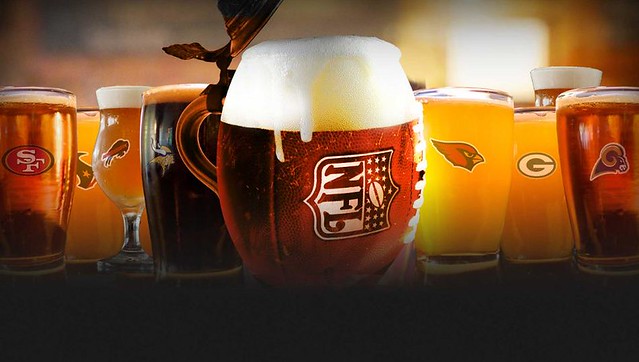
They jump right in with their own agenda. “The NFL’s Roger Goodell has yet to show any understanding that alcohol use by players is a major cause of domestic violence, child abuse, arrests and even suicide and homicide. Though he has shown progress in recognizing that domestic violence is a serious problem, he and the sport’s biggest sponsor — Anheuser-Busch InBev — continue to blame individual behavior as the cause. What they continue to ignore is the influence of the complete saturation of the NFL with alcohol sponsorships of teams, stadium advertising, tailgating, beverage sales and TV broadcast of games, especially the big one in February.”
What I can’t for the life of me understand is why Alcohol Justice is so utterly against “individual behavior.” Why are prohibitionists so convinced that people should not be responsible for their own actions. Except instead they’d prefer to blame alcohol, as if without it no violence would ever take place, as if people don’t have any control over their actions, as if alcohol makes people do things against their nature. It’s baffling. Consider the KISS principle — keep it simple, stupid. Is it more likely that people are complicated, that violent behavior has many, many causes and like all human experience cannot be generalized so easily — or — does one drop of alcohol turn every person into a violent monster? Yet that’s the position taken by Alcohol Justice and other similar groups, especially as they increasingly take the position that no amount of alcohol is “acceptable,” or “safe.” It’s heroin to them; no difference. As dangerous, as addictive, as sinful, as bad for society, like the temperance of old where all roads led to ruin, every indulgence led to another one, and only abstinent perfection was the proper way to live.
Maybe the question should be why do they not blame individual behavior? Why is it acceptable to blame alcohol for all of society’s problems, but not the people who abuse it? How does that make any sense? Why can’t they bring themselves to ask, or insist, that people take responsibility for their actions? It should again be obvious that millions of people drink, most moderately, but even a few immoderately, without turning violent. That fact alone should persuade a reasonable person that alcohol won’t make everyone who drinks it turn violent.
Curiously, AJ also points to a statement by a well-known sociologist, Harry Edwards, who’s been a staff consultant to the San Francisco 49ers, among other sports teams. Apparently shorty after Goddell became commissioner in 2006, Edwards “warned him that players’ personal conduct would become the defining issue of his tenure.” That’s “players’ personal conduct,” not alcohol. And yet now in a San Francisco Chronicle article he’s “pointed to alcohol as the leading factor.” That’s all he says, though. The quote in AJ’s press release where he says this is based on his “experience,” not any actual evidence or statistics, is nowhere to be found in the article, but even so is contradictory and fairly absurd.
So when AJ says: “Anheuser-Busch InBev distanced itself from Rodger Goodell and the NFL on Tuesday, September 17, 2014 with a hypocritical statement of concern over “…the league’s handling of behaviors that so clearly go against our own culture and moral code,” I can’t help but think they’re the ones being hypocritical, which is not terribly uncommon for them. Can they really think that ABI wants their customers beating one another? That they’re somehow in favor of domestic violence? I’m willing to bet that privately they don’t believe anyone in the alcohol industry has a “moral code,” given the way they usually characterize us. It never seems to occur to prohibitionists that we have families, whom we love, too. So why should it surprise anyone that ABI, or any of the other NFL sponsors who are questioning the handling of recent incidents, such as P&G, Radisson and Nike, would do so? Most are taking a wait and see approach, primarily because there’s so much money at stake. You’d think that ABI’s statement would be applauded for putting morals ahead of money, unlike most of the NFL’s sponsors, but because they make alcohol, instead Alcohol Justice accuses them of being hypocritical.
The entire statement was very short, but to the point:
We are disappointed and increasingly concerned by the recent incidents that have overshadowed this NFL season. We are not yet satisfied with the league’s handling of behaviors that so clearly go against our own company culture and moral code. We have shared our concerns and expectations with the league.
But who could disagree with that? I feel the same way about the NFL’s handling of this, don’t you? Only I can’t share my “concerns and expectations with the league,” and even if I could, they wouldn’t listen, as they’ve shown time and time again they don’t really care what their fans think. Just ask the refs, or the cheerleaders, or the many former players with head trauma and brain problems. But ABI can get the league to listen, so maybe we should applaud their efforts instead of belittling them. If their doing this is so counterintuitive, as many have thoughtlessly commented, then shouldn’t that show just how important an issue it is? Instead of adopting this pointless air of mock surprise, in effect characterizing ABI as an unfeeling, amoral monster (and by extension all of the rest of us in the beer world) then doesn’t this disprove the very point they think they’re making? Maybe it should make prohibitionists rethink their view of alcohol companies. Of course when they donated water for earthquake relief, all they did was complain, as they do no matter what we do. But maybe being one of the few NFL sponsors doing the right thing is just the right thing to do?
But instead they continue to, in a sense, change the subject and blame domestic violence on alcohol ads during games and at stadiums. If it weren’t for the advertising, everyone would stop drinking, just as nobody smokes anymore now that they’ve banned tobacco advertising. And in any event, alcohol consumption in the U.S. is declining, a fact conveniently ignored by prohibitionists while spreading this kind of propaganda. No matter, AJ’s director of public affairs (whatever that means), Michael Scippa has this to say. “To deny any responsibility in the wake of the NFL’s problems, or the massive alcohol-related harms their products cause to the public, is just ludicrous.” To me what’s ludicrous is to take a very real problem — domestic violence, violent behavior of any kind and a history of sweeping it under the rug and not dealing with it because of the money involved — and instead using it to promote their anti-alcohol agenda. What most people have been discussing here is the violence, the culture that fosters and supports it, and how our society as a whole does not treat seriously violence against women, and instead turned it into another alcohol bashing session. Nobody brought up alcohol at all, not until they saw their opening when ABI had the audacity to be one of the few courageous sponsors to ask the NFL to do better, to use their clout for a good cause. That should be celebrated, but as usual, let no good deed unpunished. As I mentioned, Alcohol Justice also complained mightily when ABI canned water and sent it to earthquake-ravaged Haiti a few years ago, taking issue with them putting their logo and name on the cans. I’ve never seen an organization so committed to finding fault with absolutely everything another organization does. It’s remarkable, really, how blindingly absolute their hatred is.

And I just knew they’d bring this up.
Even the Daily Show, disturbingly infused with alcohol advertising of its own, which many youth watch, exposed the irony of AB InBev’s statement. Isn’t AB InBev’s chief “culture and moral code” to sell more beer for fans to consume at stadiums, tailgating parties, sports bars and at their homes? And then they solely place blame on players if they are abusive and destructive while under the influence?
I, too, winced to hear Jon Stewart (especially because I’m usually such a big fan of the Daily Show) refer to alcohol as “maybe one of the only substances that is proven scientifically to increase the likelihood of domestic abuse.” Again, it won’t make someone become violent unless they also have that in their nature. We all know that bad drunk who has a problem, but that’s not everyone, and it’s not even most people. Most of us can have a few drinks and not beat our wives or children. But there’s no “scientifically proven” causation. In fact, the research suggests that alcohol abuse is not a direct cause of domestic violence, but that it can exacerbate situations, as I said earlier. Even the World Health Organization, which is generally anti-alcohol, admits that violence is usually the result of “the harmful use of alcohol,” which is very different from the way most of us consume our beer.
But who exactly is “solely plac[ing] blame on players if they are abusive and destructive while under the influence?” I haven’t heard that one. Have you? What I’m hearing is AJ solely placing the blame on alcohol and not blaming individual players for their actions, in fact mocking the idea that they should take personal responsibility for their violent behavior. This is the modern version of the devil made them do it. But letting people blame the alcohol, in fact insisting on it as AJ is doing, does more harm because it’s removing the responsibility for one’s actions. Saying we can’t blame individual behavior allows it to continue, allows it to be used as an excuse for the violence, in effect allowing a person to say I couldn’t help myself, I’d been drinking. Which is utter bullshit. Most of us can drink a little, or even a lot, and it never once occurs to us to hit somebody, to do anything violent whatsoever. So if you’re saying you can’t, then yeah, you’ve got problems. You definitely should not be drinking. But don’t presume that your problem is my problem, or everyone else’s problem.
Scary statistics follow, the same propaganda they’re usually peddling. Then this statement from AJ’s sheriff, and chief hypocrite, Bruce Lee Livingston. “AB InBev CEO Carlos Brito can declare all day long that the problem is the NFL’s, but both the NFL and the beer barons need to back away from advertising and team sponsorships.” This is pure substance-free propaganda, and it’s not actually doing anything useful. First of all, AJ is the only one blaming the violence on the advertising of alcohol during games and team or league sponsorships, as if that’s what led these players to become violent. That is the issue here, that NFL players are being violent off the field, and the NFL is not dealing with it. Period. It should not be an opportunity to pile on your agenda.
But even so, they’re worried about kids seeing alcohol advertising. I’m more worried about kids being beaten and abused. Watching Sean Fucking Hannity defending beating kids while talking about how his Dad hit him with a belt, all the while insisting he’s not in therapy was painful. It should have been obvious to everyone seeing that, that although maybe he didn’t go to a therapist, perhaps he really should. And now; right away. But the number of people and pundits defending the physical abuse of children as an acceptable form of discipline was almost as unsettling as the abuse itself. That so many think that it was alright to raise welts on a four-year old because he wasn’t listening and because that’s what your Dad did was appalling, especially when you realize that studies consistently show that discipling children by physical force — spanking, hitting with a belt, etc. — are not only ineffective but actually lead to greater problems later in life. It’s sad to see how unevolved we are on this subject. The United Nations, in 1989, adopted the Convention on the Rights of the Child, which, among other things forbids abusing children, which would include spanking and other physical discipline. Every member nation in the world ratified the convention, agreeing to abide by its tenets, all except two, that is, which to this day have not ratified it. Those would be Somalia and the United States. We apparently won’t ratify it because we want to keep our precious right to put a child to death, whereas the convention forbids capital punishment for children. But I’m amazed how many people here still seem to think spanking, or worse, is actually effective or, at least, harmless. To me, this is a far greater problem to be focusing on then whether kids see an ad for alcohol.
And second of all, Brito never said that “the problem is [only] the NFL’s.” Read ABI’s short statement above, in its entirety. Does it say that? No, it fucking doesn’t. They say they’re “disappointed and concerned” (which I am, and so are most people) that they are “not yet satisfied with the league’s handling of [these] behaviors (again, I’m not, you’re probably not. Who exactly is satisfied, apart from the team owners?) and that the violent behavior “clearly go against our own company culture and moral code” (which of course, it does). Just because ABI makes beer doesn’t mean they condone violence against women, violence against children or violence of any kind for fucksakes, and yet that’s the connection AJ, and sadly Jon Stewart, are making. That since a minority of people abuse alcohol, and may commit violent acts while intoxicated, that means beer companies either don’t have a moral code or have one that thinks violence is okay. Using that logic, there should be no gun manufacturers either. Because if you make a gun, and someone kills another person with it, well that means you’re condoning violence using the same twisted logic they’re employing here. And if you have a gun, you have no choice but to kill somebody. You can’t help it, there’s no personal responsibility. How dare anyone even suggest that you take responsibility for your actions? That would be ludicrous, wouldn’t it?
Then there’s this gem. The “prevention of domestic abuse and player violence off the field has to begin with the end of the NFL’s promotion of alcohol.” Really, that’s where the NFL needs to start in addressing this? Promoting alcohol is not the same thing as promoting violence, as that statement suggests, and yet again AJ is turning the debate toward their own agenda, despite the fact that it has little to do with what’s going on here.
Sadder still, they provide a list of truly tragic events where former players committed suicide, murder or were arrested for being drunk or shooting off firearms. And those are awful, but those incidents did not occur for the sole reason that any one of them took a drink. People don’t kill themselves just because they got drunk, they do so, or worse, because of deep-seated problems that most likely had little or nothing to do with alcohol. Because most if us do not take to violence when we drink. A violent drunk is a violent person.
AJ’s sheriff leaves us with this wisdom. “In the NFL culture of game aggression and beer marketing, the players alone can’t be blamed for alcohol abuse, binge drinking and addiction that leads to domestic violence, homicide, suicides and traffic collisions.” First of all, why can’t all of us be blamed for our actions. Is a Twinkie defense so ingrained in our culture that we can’t conceive of being responsible for our own actions, so much so that there has to be an outside cause we can blame? I don’t get that. If you do the crime, you did the crime. It shouldn’t, and really doesn’t, matter if you were drinking, or on drugs, or your blood sugar was too low, or you were amped up on a sugar rush eating Twinkies. Such factors may explain certain bad decisions and poor judgement, but they never excuse it. Many, many factors may contribute to our behavior every single day of our lives. But in the end, we are responsible for what we do to ourselves, and others. Why is that so hard to understand?
Finally, Livingston demands that “the NFL and sports’ biggest beer sponsors Budweiser and Coors educate on the harms and dangers of alcohol, get advertising and overconsumption out of the game, and recognize moderation and (horror of horrors) abstinence as legitimate choices for players and fans.” All of the major beer companies have responsibility programs, but of course AJ never acknowledges that they’re anything except half-hearted, forever criticizing them. The advertising angle as I’ve gone over, is the same tired tactic prohibitionists have been using for over 80 years. But I love that he says — excuse me, demands — these companies “recognize moderation and (horror of horrors) abstinence as legitimate choices for players and fans.” Who said they don’t? Oh, that’s right. You did. Because nobody else is insisting that anyone must drink, or must drink heavily, and no one’s trying to make it a requirement. And I won’t mention that as long as moderate drinking is shown to increase the average person’s longevity, barring any specific health issues, that advocating for abstinence is actually not the best choice someone might make. But I won’t mention that. It might upset your delicate constitution.
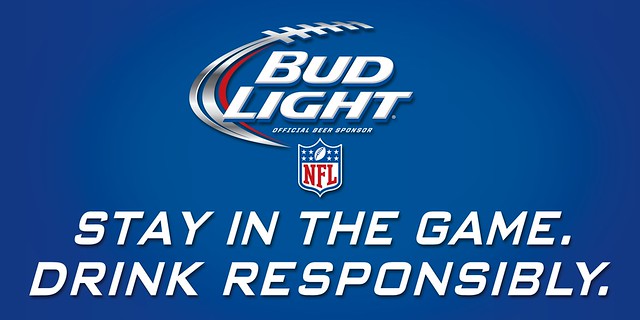
An example of one of the big brewers’ responsibility ads that already exists, but which AJ insists they aren’t doing but demands they should.
The reality is that this is a very complicated issue, and it does little good to reduce it to a single factor, or even just a primary factor, especially when it’s the wrong one. And unlike the absolute blinders that AJ wears, I recognize that people with violent tendencies abusing alcohol could make them worse, and more violent. Such people probably should not drink, and certainly not to excess. I’ve had my fair share of personal encounters with such people throughout my life. But like most things, the dose makes the poison. I’ve also had even more experiences with many, many people with whom I’ve shared a drink with positive outcomes. Drinking sessions during which no one resorted to violence at all. For me, and I suspect most of us, that’s the norm.
I want to believe that prohibitionists are well-intentioned, that they sincerely mean well. But it’s difficult to maintain that belief when they’re so continually dishonest and manipulative, so ends-justify-the-means about everything, all the time. I’ve been watching the self-proclaimed watchdogs for a number of years now, and they constantly amaze me with their underhanded tactics and propaganda. They remind me of a bad joke, but one that many people actually take seriously, and don’t realize is a joke. Which is why they’re so damn scary.
But this is really supposed to be about violence and especially violence against women and children. So it’s somewhat surprising that Alcohol Justice would try to distract the debate away from that, instead heaping the blame on their favorite target: alcohol. Actually, it’s not surprising at all, just par for the course, sad to say. But for the sake of my daughter, and women everywhere, I sure wish they’d cut it out. Unfortunately, if history is any teacher, the drive by fanatical temperance groups for another prohibition will almost certainly outlive me.
As for the NFL, I do wish they’d get their shit together. Unfortunately, I’m not hopeful, not under the current management or with the current team ownership. Money is their driving priority, which is understandable to a point, but until they leave a little room for human decency, then nothing is likely to change very much. They’re in damage control mode right now, and that will likely continue until everybody’s moved on to the next news cycle. Goddell has already tried to not do anything about it when he “promised” changes by the Super Bowl, at the end of the season, four months from now. He’s hoping everyone will just forget about it, and they probably will so long as there aren’t any new cases of player mischief that pop up. Their committees will offer some half-hearted band-aids, no real or long-lasting solutions, and that will be it, provided everything stays quiet. There’s just too much money at stake for a sweeping change, especially absent the amount of pressure from the league’s fan base that would be needed. And the larger problem with that is the way violence against women and children in our society is currently tolerated and accepted. Until that changes, it’s unlikely the NFL will change, either. But as long as people can avoid responsibility for their actions, their “personal conduct,” and can continue to blame alcohol, nothing will change, either. Which is why Alcohol Justice’s position that alcohol is to blame for violent behavior, and not anyone’s personal conduct, is so dangerous that they’re actually making this situation worse. It’s a good thing I’m not prone to violence.


